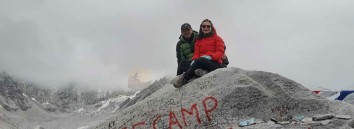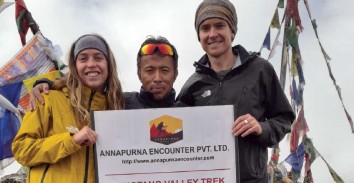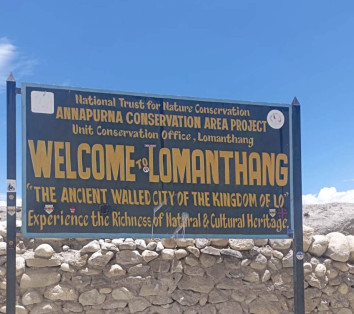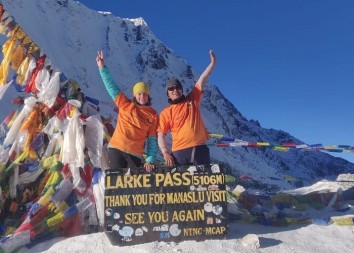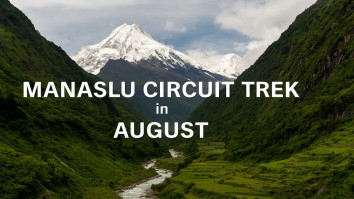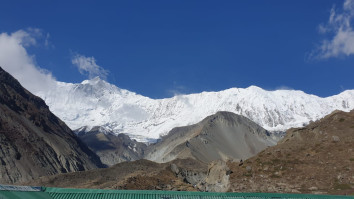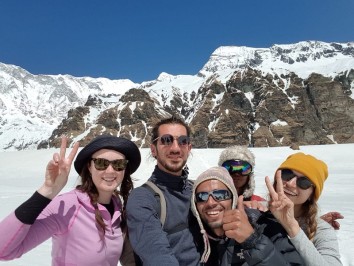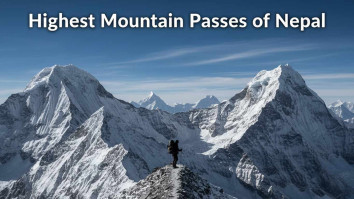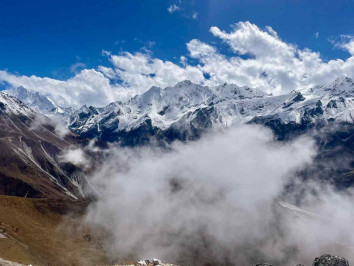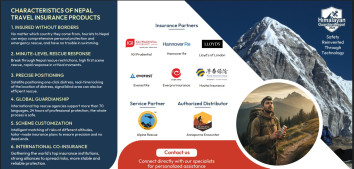Can A Beginner or Normal Person Do Everest Base Camp?
.jpg)
30th Jan, 2024
- annapurnaencounter
If you're a beginner or a Normal person- Here's a Complete Guide To Everest Base Camp
Embarking on the breathtaking journey to the Everest Base Camp as a beginner or normal person is an exciting challenge that brings breathtaking landscapes, unparalleled adventure, filters your mind's mental health, and a feeling of accomplishment like no other. this blog is curated exclusively who are new to trekking and want to explore the Himalayas. Let's dive into information, and tips that turn your Everest Dream come true.
Table of Contents
Best Time To Go To Everest Base Camp
(March to May) and Autumn (October to November) are the best times for the Everest Base Camp Trek or any trek in the Everest region.
During this time, the weather is stable and the climate is moderate. Although mornings and nights can be cold due to the high altitude, the daytime is warm and sunny, perfect for trekking.
In Spring, the trail becomes more beautiful with hundreds of blooming flowers and vegetation, while Autumn is festive in Nepal.
Altitude Of EBC Trek
The Everest Base Camp Trek starts from Lukla (2,800 m), and a quick flight from Kathmandu/Ramechhap takes you to the beginning of the trek. Since Lukla is at a high place, you go down to Phakding (2,610 m) for an overnight stay. After that, you gradually pass through villages like Namche Bazaar (3,438 m), Tengboche (3,860 m), Dingboche (4,410 m), and Lobuche (4,940 m) before reaching Everest Base Camp (5,364 m). The path then goes up to Kala Patthar (5,545 m), a very popular viewpoint above EBC and also the highest point on the trek.
Altitude Sickness
Altitude sickness can happen at elevations of approximately 3,000 meters (9,840 feet) or above. The air has about 21% oxygen when You're at Sea Level. As you go higher up, the percentage stays the same, but the amount of oxygen molecules in each breath decreases. For example, at 3,600 meters (12,000 feet), there are about 40% fewer oxygen molecules in each breath.
This is the reason we breathe more deeply at high altitudes, especially when doing activities that wouldn't be challenging at sea level.
Symptoms and Preventive Measures Of Altitude Sickness:-
Symptoms
- Fatigue or Weakness
- Breathlessness
- Dizziness
- Headache
- Nausea and vomiting
- Loss of appetite
- Increased heart rate
- Difficulty sleeping
- Upset stomach
- Feeling unsteady
Preventive Measure
- At First Hire Experienced Guide
- Carry First Aid Item
- Eat High-Calorie Food
- Drink More Water
- Take Plenty Of Rest
- Get Enough Sleep
- Reduce Your Excercise
- Ascend Slowly
- Do not Smoke or drink alcohol
Difficulty During Everest Base Camp Trek
Everybody has this question, Is it hard for Everest Base Camp? How to make it Easy and Comfortable?
Before we help you with these questions, we want to give you a quick overview of the trail. This can assist you in understanding how challenging the Everest Base Camp (EBC) trek might be for you.
The EBC trek takes place in a distant part of Nepal within the Himalayan region. The path doesn't involve technical climbing, but there are lots of ups and downs along steep, rough, and wooded trails. During the trek, you'll go through thick Glaciers, forests, hillsides, and rocky areas, while also crossing many streams and exciting suspension bridges. On average, you'll be trekking for 6 to 7 hours each day. It's important to note that the altitude increases as you approach your destination. If your body doesn't fit to the altitude, there's a high risk of altitude sickness, which could potentially spoil the entire trip.
Now, that you know about the trail, we would like to describe the Everest Base Camp Trek as a moderate trek. If you're not a beginner already trekked, it will be beneficial, but even if you're a beginner, the EBC trek is still doable. However, we suggest going on short hikes and doing exercises to boost your stamina and muscle strength before embarking on the trip.
How to Prepare Your Body for Everest Base Camp?
The Everest Base Camp Trek doesn't need you to be a professional trekker. Anyone can go on this journey, however, but you need to be in good health and fitness to have fun on the trail. Here are a few things you can do as a beginner hiker before starting the trek:
- Practice With Short hikes
- Cardio Excercise
- Build up your strength power both Physically and Mentally
- Start to do this all at least a month before trek
- Stay Well Hydrated
- Pick the right month to trek on Everest Base Camp ( September to November )
Documents You Need To Carry On Your Bag
- Passport
- Passport Size Photos
-Visa
- Permits
- Insurance Paper
- Evidence of payments you made to the travel company.
Equipment
The next details will provide you with a basic understanding of what you should carry for the trek. It's crucial not to overlook the necessary items, as they will impact your comfort and safety during the hike. It's just as vital not to weigh yourself down with unnecessary gear during the trek.
A pair of half-gloves
A pair of Woolen shocks
A wool jacket or pullover, Water and Windproof shell jackets
long sleeve t-shirts
Windproof and Waterproof Trousers (warmer), Comfortable trekking pants
Waterproof Trekking Boots/ Pair of sandals
First Aid kits and Medicine
Backpack with rain cover
Water Bottle
Headlamp or torch
Sunscreen / Sunglasses / Sunhat
Sleeping bag
Trekking Poles
Chapstick
Camera & Batteries
Power adapter and chargers
Travel Towel
Toiletries
All Days Itinerary Of Everest Base Camp
Day 1 : Fly to Lukla 2,830 m and walk to Phakding 2,640 m - 04 hrs.
Transfer to Lukla by morning flight. Enjoy a 30-minute scenic flight with great Himalayan views. After landing at Tenzing-Hillary Airport, embark on a pleasant 3-4 hour downhill trek through Sherpa villages and terraced fields, reaching our lodge in Phakding by day's end.
Day 2 : Trek to Namche Bazaar 3,440 m - 06 hrs.
Today's journey to Namche Bazaar is a long one. We'll start with a gradual walk along the river, crossing several bridges until we reach the Sagarmatha National Park entrance near Monjo village. Sagarmatha means 'Everest' in Nepali, and Sherpas call it Chomolungma, which translates to 'Great Mother' in both languages.
We'll continue with a pleasant walk along the riverbed before ascending through a forested trail with snow-capped peaks in view. Eventually, we'll arrive at the exciting town and village of Namche Bazaar.
Day 3: Rest day at Namche Bazaar for acclimatization and excursion.
A rest and a free day at Namche Bazaar for proper and necessary acclimatization at this great height of above 3,440 m before heading to higher ground, Namche spends the day with scenic hike around and browsing the streets and shops, Namche holds a colorful and busy Saturday Market every week.
Day 4: Trek to Tengboche Monastery 3,867 m - 05 hrs.
We begin our trek to Tengboche via Phunki. The trek until Phunki is not very difficult. After reaching Phunki we will ascend towards the biggest monastery which is Tengboche Monastery which lies in Tengboche village. The UNESCO world heritage site Sagarmatha National Park is also located here; we can enjoy the beautiful panoramic views of the Himalayas which the monastery is blessed with. The Himalayas including Mt.Everest, Nuptse, Lhotse, Ama Dablam, and Thamserku can be viewed from here. We will be staying overnight in Tengboche.
Day 5 : Trek to Dingboche 4,260 m - 05hrs.
The morning walk leads to a pleasant downhill for an hour to a bridge, where tree lines stop for short juniper and rhododendron bushes known as azalea facing dramatic change in landscapes.
Heading higher up to the last permanent village at Pangboche, from here onwards are temporary settlement to cater the needs of trekkers at Dingboche, Lobuche and Gorakshep areas.As the trek progress reaching at Somare and then on windswept country to reach a bridge following the Imjatse River, with last climb to enter into beautiful Imjatse valley surrounded with famous peaks Amadablam-Lhotse with views of Island peaks towards east.
The last leg of the day brings you at Dingboche, a summer settlement with barley and buck wheat field within its patch of stone walls to keep the animals off from grazing.
Day 6 : At Dingboche with rest day for acclimatization
Dingboche is our acclimatization stop which is located in Chukung Valley. After having breakfast we will trek towards Chukung valley which is not very difficult. We will have our lunch here. This valley is famous for remarkable views of mountains such as Makalu, Lhotse, Chalotse, and Ama Dablam. Moreover, we will also get to see the beautifully arranged fields with stone walls in order to protect the seasonal crops from cold winds and grazing animals. After this remarkable short trek, we will then go back to Dingboche. We will have our dinner here and our overnight stay will be on Dingboche.
Day 7 : Trek to Lobuche 4,930 m - 05 hrs.
Morning start with short climb on top a ridge with Buddhist prayer monuments and then on nice gradual path with slow up as the walk leads with excellent mountain views to reach a small place at Thugla for lunch.
Here Khumbu glacier melts into a raging river, this where path from Pheriche and Dingboche joins after a rest and refreshing stop, walk follows with steep climb for an hour to Thugla pass, where you can find witness memorials of unfortunate climbers who have died climbing on Mt. Everest, Lhotse or other high mountains.From this isolated spot, walk on gradual path to reach at Lobuche for overnight stop.
Day 8 : Trek to Everest Base Camp 5,364 m and return to Gorakshep 5,180 m - 06 hrs.
Today walk leads to our main highlight of the adventure at Everest Base Camp, walk carries on for few hours with short steep climb in between over glacier and moraine, reaching at Gorakshep, beneath lofty peak of Pumori and Kalapathar.
Walk continues towards Everest Base Camp over moraine and ice to reach at base camp, here enjoy the view of tumbling and notorious Khumbu Ice Fall and glaciers.After a marvelous and exciting time with adventure of a lifetime experience retrace the journey back to Gorakshep for overnight stop.
Day 9 : Hike to Kalapathar 5,545 m trek to Pheriche 4,240m - 05 hrs.
Morning a steep uphill hike to reach on top of Kalapathar at 5,545 meters, highest point of the adventure with fabulous and unique views of mountains includes Mt. Everest at its closest.
After a great thrill with sweeping views descend back to Gorakshep and continue walk up to Thugla, from here on downhill to Pheriche within windy valley.A nice scenic walk leads you all the way to Pheriche for overnight stop with many good lodges and a health post of HRA (Himalayan Rescue Association).
Day 10 : Pheriche to Namche Bazar 6-7 hrs. 3440m
We will wake up early in the morning and start our journey to Namche by following the trials of beautiful juniper and rhododendron trees and crossing the Bridge of Dudh Koshi River we will move downwards losing almost 2,000ft of elevations.
Leaving the beautiful mountains behind us we can also spot mountain goats, pheasants and other wild animals and birds habitual to the area. We will ultimately reach Sansa from where we will witness mesmerizing views of Ama Dablam, Thamserku, and Nuptse mountains. We will arrive back to Namche and our overnight stay will be there.
Day 11 : Namche Bazaar to Lukla 6-7 hrs.
Today we will have our last day in the mountains. There will be mostly a downhill trek on a trial along the bank of the Dudh Koshi River. We will trek toward the Hillary Suspension bridges, and also pass by several monasteries and villages before reaching Lukla. After reaching Lukla we will take rest and spend some quality time remembering all those bittersweet reminiscences of the journey. Our overnight stay will be on Lukla.
Day 12 : Fly back to Kathmandu and transfer to respective hotels.
Morning as per our flight time transfer to Lukla air terminal and then board in the small plane for exciting half hour flight to reach the hustle and bustle of city life in Kathmandu.
Conclusion
The Everest Base Camp trek beckons with its ethereal beauty and unmatched adventure. With thorough preparation, an open heart, and a spirit of perseverance, you can conquer the world's highest mountains. Remember, this journey is not solely about reaching the destination; it's about immersing yourself in the wonder of nature, forging memorable bonds, and discovering the strength within.
External Links:
• Trekking Agencies' Association of Nepal (TAAN)
• Everest Base Camp Trek (Cost Details)
Recent From Travel Guide
.jpg)
18th Jan, 2023
_11zon.jpg)
18th Jan, 2023

18th Jan, 2023
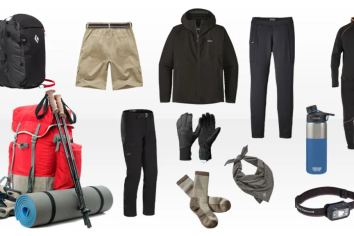
18th Jan, 2023

8th Dec, 2023
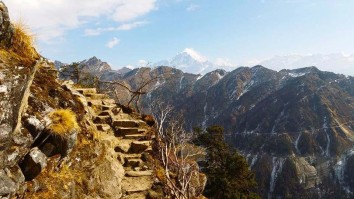
9th Dec, 2023
.jpg)
11th Feb, 2025
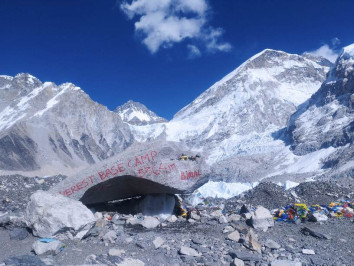
13th Dec, 2023
_11zon.jpg)
18th Dec, 2023
.jpg)
2nd Jan, 2024
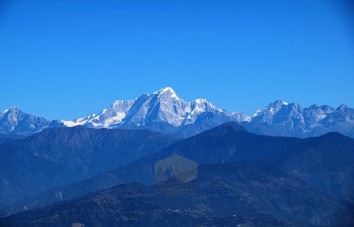
3rd Jan, 2024
_11zon.jpg)
23rd Jun, 2025

24th Jan, 2024
.jpg)
30th Jan, 2024

4th Feb, 2024

5th Feb, 2024
-4.jpg)
6th Feb, 2024

12th Feb, 2024
_11zon.jpg)
18th Feb, 2024
-1.jpg)
7th Mar, 2024

12th Mar, 2024
.jpg)
13th Mar, 2024
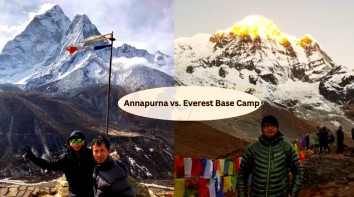
20th Mar, 2024
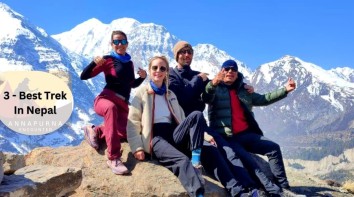
26th Mar, 2024

14th Jan, 2025

14th Jan, 2025
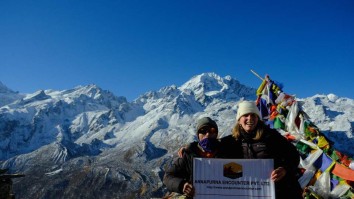
16th Jan, 2025

18th Jan, 2025

20th Jan, 2025

24th Jan, 2025

5th Feb, 2025

5th Feb, 2025
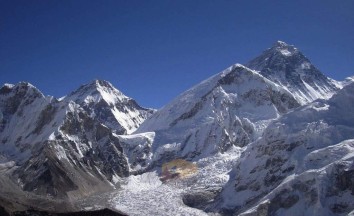
9th Feb, 2025

14th Mar, 2025
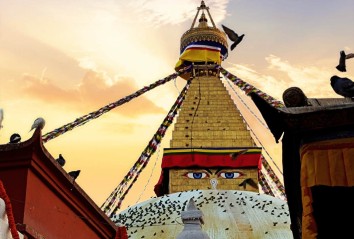
3rd Apr, 2025
.jpg)
11th Apr, 2025
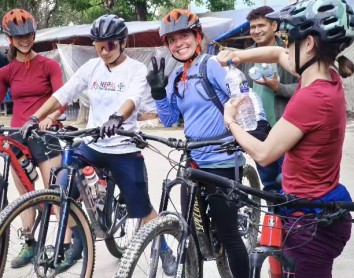
16th Apr, 2025
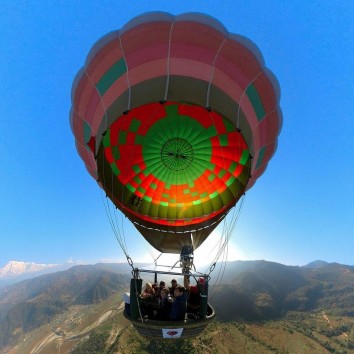
20th Apr, 2025
.jpg)
27th May, 2025
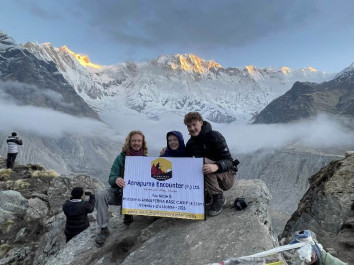
14th Jun, 2025

15th Jun, 2025
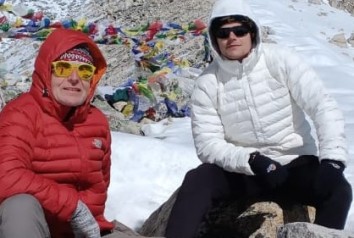
17th Jun, 2025
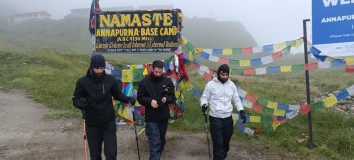
18th Jun, 2025
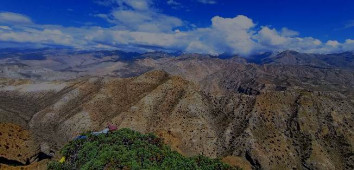
19th Jun, 2025

23rd Jun, 2025
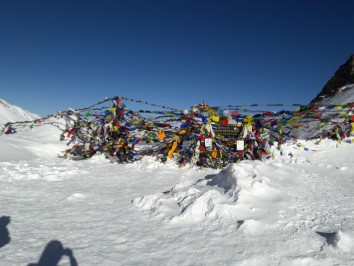
24th Jul, 2025


.jpg)
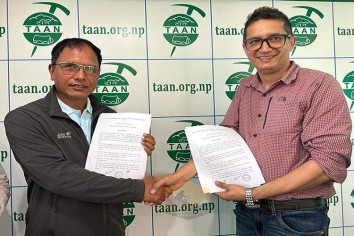
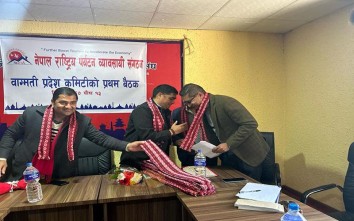
.jpg)
_11zon.jpg)
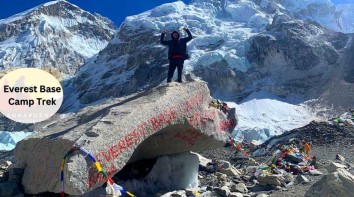
.jpg)
.jpg)
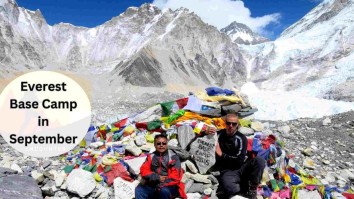
.png)
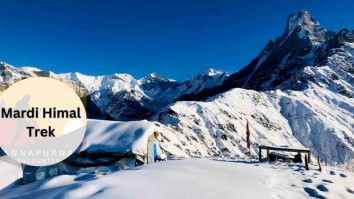
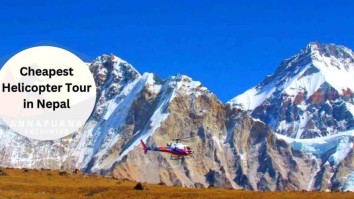
.jpg)
.jpg)
-1.jpg)
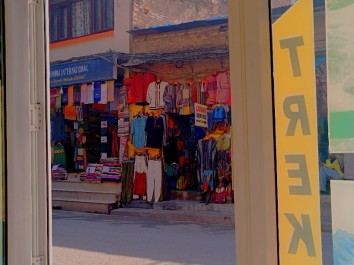
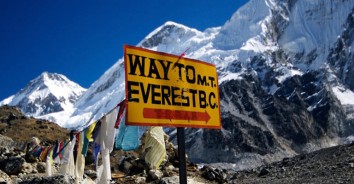
.jpg)
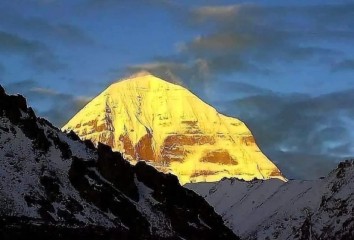
-1.jpg)
